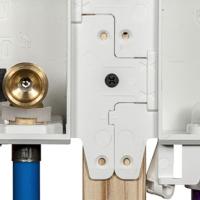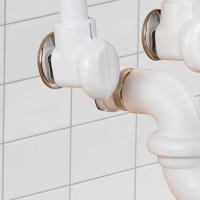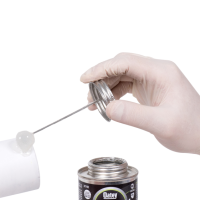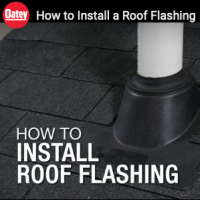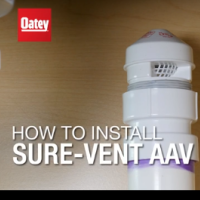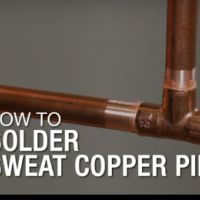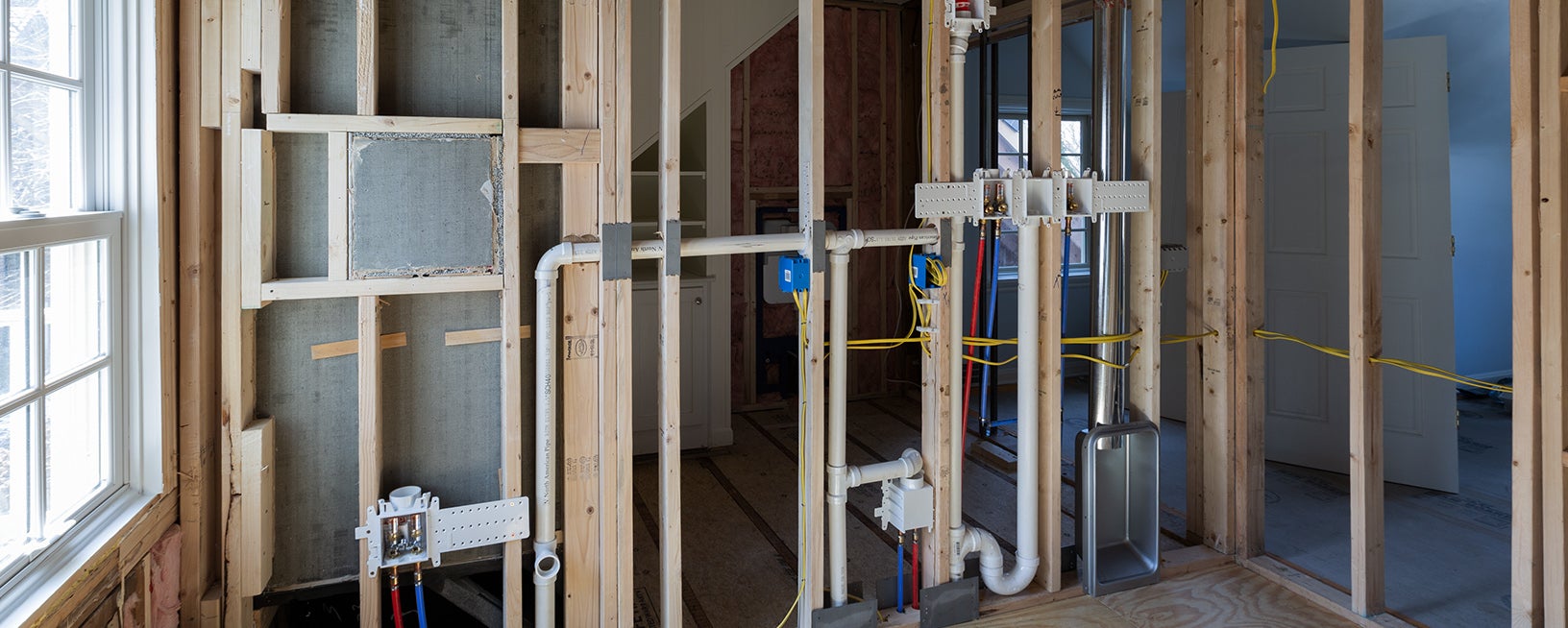
Residential Plumbing
Trusted Plumbing Products When it comes to residential plumbing, Oatey knows how important it is to keep a bath or kitchen project on track and within budget. That’s why Oatey...
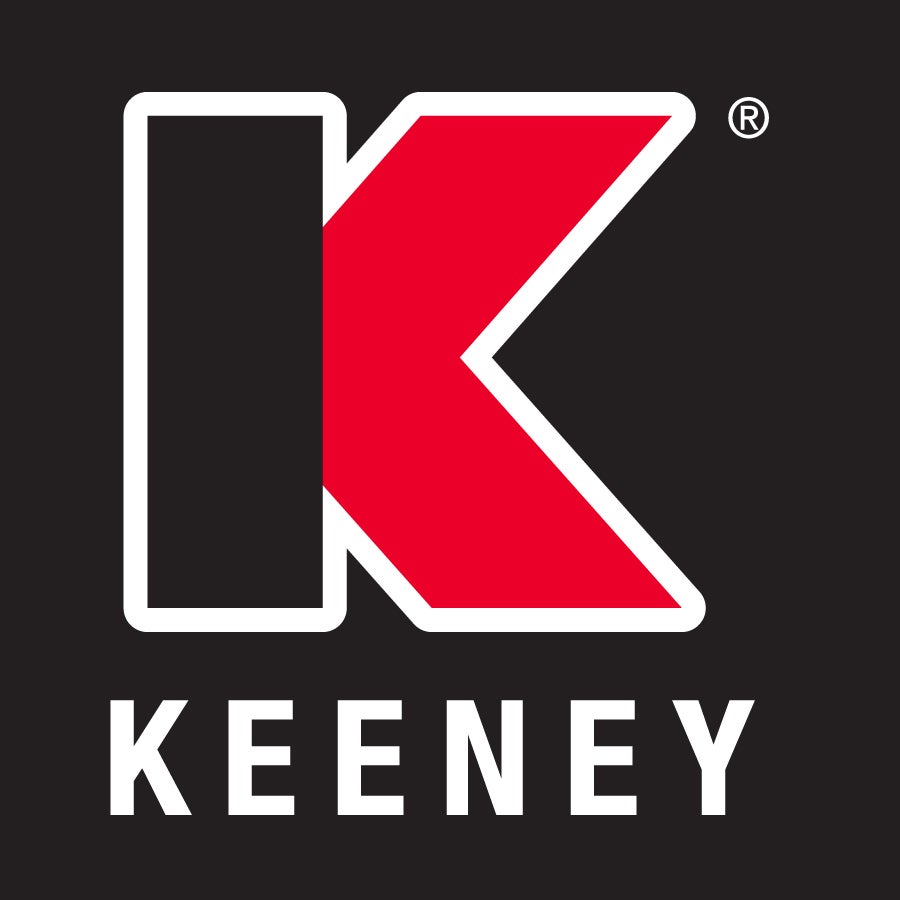
Keeney
Continually praised as an industry leader in both the wholesale and retail markets, Keeney thrives on exceptionally high order fulfillment rates, breadth of available products and customer friendly merchandising. Keeney has facilities in four US s...
What pressures will a test cap withstand once it is installed?
If the pipe ends are cut square, chamfered, and assembled correctly, they will perform without failure in the following conditions:
Knock-Out caps can withstand up to 10psi or a 30ft head pressure
End-Cap can withstand up to 15psi or a 40ft head pressure
Push-Cap can withstand up to 10ft head pressure
MS End-Cap can withstand up to 15psi or 40ft head pressure
